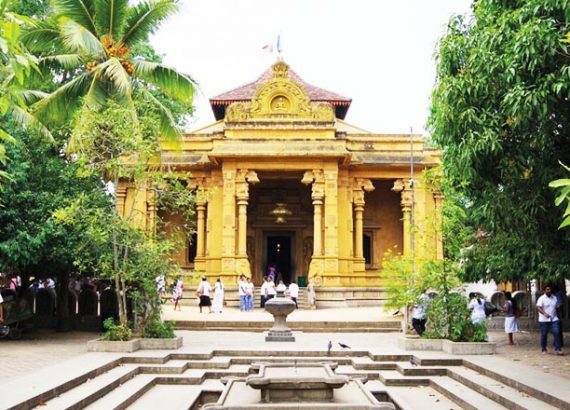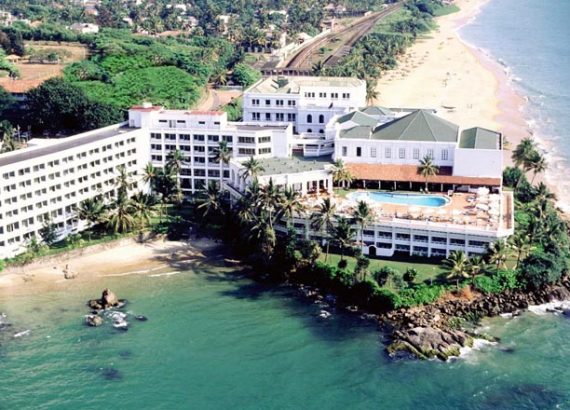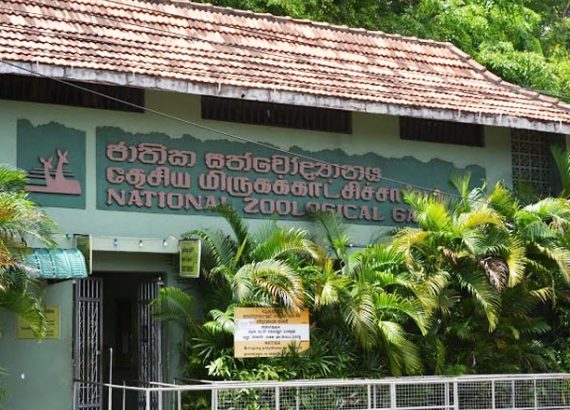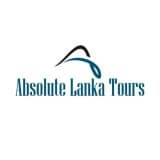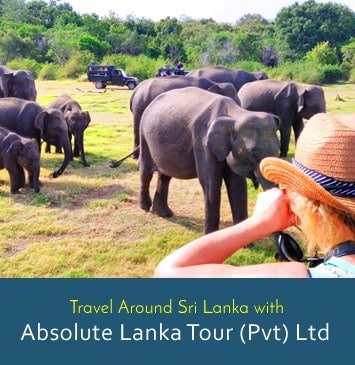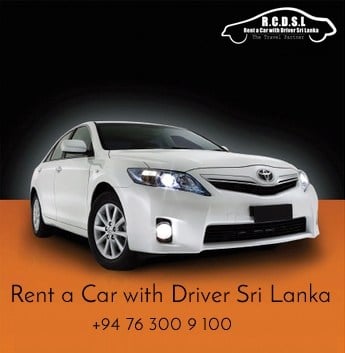What is there to see in Colombo Sri Lanka
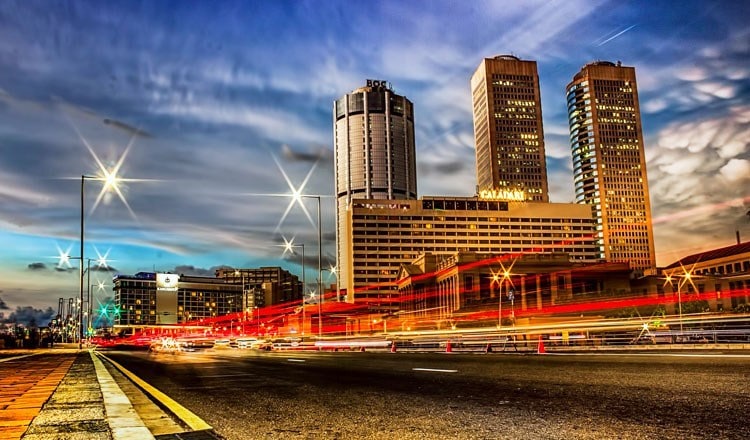
What is there to see in Colombo Sri Lanka?
With its skyscrapers, chock-a-block traffic and frenetic pace of life, Sri Lanka’s dynamic capital is markedly different from other Sri Lankan cities. For most visitors, Colombo is only a stopover on their way to the southern beaches, the Hill Country or the Cultural Triangle. However, this modern, overcrowded metropolis teems with energy and is one of the best places on the island to splurge in fashionable boutiques, sample a wide range of cuisines and enjoy a vibrant nightlife.
Colombo has long been a commercial centre owing to its natural harbor; Arab traders had established a trading outpost here as early as the 7th century. However, the city was still a relative backwater until the arrival of the Portuguese, who built a fort here in the 16th century. The Portuguese lost control of the area in 1656 to the Dutch, who then administered Colombo for almost 150 years before the British captured in 1976. It was during the British era that the city’s fortunes really changed.
Colombo was declared the capital of Sri Lanka in 1815; and by the 1860s, it was considered the country’s major port with road and rail links to the rest of the island. The city continued to prosper throughout the 19th century and has maintained its dominant status in post-independence Sri Lanka. However, Colombo has also had its share of tribulations. During the Civil War (1983 – 2009), the city was ravaged by the LTTE. The nation’s capital took some time to recover from the war but it is now relaxing its security measures and welcoming large numbers of visitors once again.
The centerpiece of the city is undoubtedly Fort, where gleaming office blocks rub shoulders with Colonial-era buildings, while to its east lies the Pettah, a bustling bazaar district. The neighborhood that attracts most visitors however is the well-heeled Cinnamon Gardens, home to superb museums and chic cafes. A plethora of upmarket hotels and swanky restaurants, round off Colombo’s charm.
Exploring Colombo
The vast urban sprawl of Colombo is divided into several neighborhoods, each identified by a number similar to a postal code. To the northwest of the city, close to the harbor, lies the historic Fort (Colombo 1), punctuated by characterful Neo-Classical buildings dating from the British occupation. Fort is also the financial district with the best choice of high-end hotels. Located southeast of the Fort, in the heart of the Colombo, Slave Island (Colombo 2) is renowned for the glorious Gangaramaya Temple. The island is bounded on three sides by the Beira Lake, where the SeemaMalaka shrine can be found. The southern suburb of Kollupitiya (Colombo 3) is Colombo’s main shopping hub, while modish boutiques and cafes nestle in the shady avenues of Cinnamon Gardens (Colombo 7), which is also home to the superb Colombo National Museum. In addition, the city’s neighborhoods are dotted with kovils, mosques, churches and Buddhist landmarks.
Sights at a Glance
Historic Buildings
- Grand Oriental Hotel
- Old Town Hall
Museums & Galleries
- Maritime Museum
- Dutch Period Museum
- National Railway Museum
- Colombo National Museum
- Natural History Museum and Art Gallery
Religious Buildings
- St Peter’s Church
- Sambodhi Chetiya
- Mosques in Pettah and Kotahena
- Wolvendaal Church
- St Anthony’s Church
- Beira Lake and SeemaMalaka
- Gangarama Temple
- Kelaniya Raja MahaVihara
Parks, Zoos and Areas of Natural Beauty
- Galle Face Green
- ViharaMahadevi Park
- Talangama Wetlands
- Dehiwala Zoo
Shops and Markets
- Old Dutch Hospital
- The Pettah
Streets and Neighborhoods
- Slave Island
- Cinnamon Gardens
- Galle Road
- Mount Lavinia

